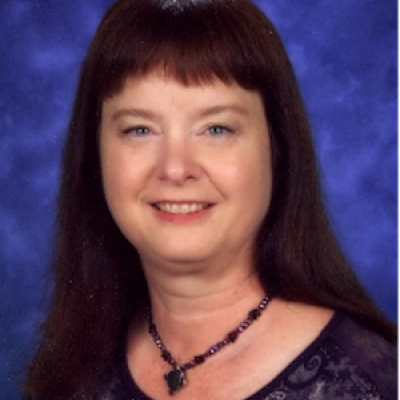The disparities in gifted education by race and class are well known. For many districts, there is a disconnect between their gifted program demographics and the demographics of the district at large. All too often, those identified for these services skew White and Asian, and Black, Hispanic, and Native American students are underrepresented.
But there are other groups that are left out, too, such as low-income students, English learners, and students with disabilities, including, for example, those on the Autism spectrum or with dyslexia or ADHD. (Students who are gifted and also have disabilities are called “twice exceptional.”) Girls can also be left out. There are places where two or three times more boys are identified than girls.
Why is this? Over the years, there has been a lot of talk about specific tests and how some are biased toward some groups. My home state of Washington, for example, addressed the question of using a particular and potentially biased test by saying, “The research literature strongly supports using multiple criteria to identify highly capable students, and therefore, the legislature does not intend to prescribe a single method.” The legislature went on to “authorize school districts to identify through the use of multiple, objective criteria those students most highly capable and eligible to receive accelerated learning and enhanced instruction in the program offered by the district” (see Revised Code of Washington, 28A.185.020; emphasis mine).
But there’s an insidious little issue that can skew the results no matter how well-designed your testing protocol is. That’s because, before you start looking at how students get screened, you need to look at which students get screened—and why.
Far too many districts rely on referrals from parents and teachers to determine which students get screened, turning them into gatekeepers for gifted programs. In many places, most students never get screened.
I taught in gifted programs in Washington State from 1989 to 2022. I worked with probably a dozen principals and almost that many program directors in that time. We could all swap stories with you about pushy parents for hours. Parents who were invested in their child’s “giftedness” would move heaven and earth to get them into a program. They stayed on top of referral deadlines. They filled out forms carefully. They often wrote long narrative pieces to accompany the forms. On the other hand, other parents—particularly parents of underrepresented groups—rarely filled out referral forms.
In the same way, I served for decades on our district’s Multidisciplinary Team (MDT)—which was charged with identifying students for gifted services. Over the years, we noticed there were teachers who would refer 20–25 percent of their class every year for the gifted program, while other teachers didn’t refer a single student—ever.
I bet the same is true in your district.
There’s an even more insidious issue that exacerbates the problem with teacher referrals. White teachers see gifted traits more often in White students. The truth is, it’s easier to see outliers—and potentially gifted behavior—inside our own groups. I don’t think it’s a conscious thing, but that tunnel vision denies access to other groups, whether based on race, class, language group, or disability.
Moreover, some teachers assume gifted students are highly verbal. They disproportionately recommend their louder students—often boys. They don’t realize that the majority of gifted students are introverts! (My self-contained gifted classrooms would be a mix of roughly half exuberant, outgoing, highly verbal students and half quiet, thoughtful, introspective students.)
Fortunately, we know how to fix this. First, stop using parents and teachers as gatekeepers. You can still have adults fill out referral forms. They can be additional data points for identification, but they shouldn’t be the reason some students get screened while others don’t.
Instead, use what is called universal screening, which is designed to identify students for elementary and middle school gifted services in a way that is equitable. (Washington has a separate law for high school students, which says, “Each school district may include additional eligibility criteria for students to participate in the academic acceleration policy so long as the district criteria does not create inequities among student groups in the advanced course or program.”)
How does universal screening work? Start with the data your district already collects on all of your students—for example, scores from SBA, iReady, MAP, or STAR assessments. With universal screening, your district’s identification team would look at that same data for all the students in the targeted grade levels, not just a select group referred by a few parents and teachers.
In my district, the secretary who assisted the gifted program director created a spreadsheet each year for the second-grade students and another for the sixth-grade students. It identified the students down the left, the various objective criteria we used along the top, and had all the students’ scores filled in. (We used STAR, SBA, and CogAT scores, among other things.)
Those of us on the MDT could sort by test scores. For elementary students, we could clearly see which students needed math services in their home school, which needed reading services in their home school, and which would most benefit from the district’s self-contained program. For middle school students, we could see which should be in the advanced English/social studies program. (The math department tested and placed all the students in the appropriate math class.)
In any given year, my district had 350–400 second grade students and a few more sixth graders. It took our MDT less than a day to analyze all the data for both grades and make our team’s recommendations.
My district started using universal screening in about 2000, so the idea is not exactly new. Once we started, I certainly saw a more diverse collection of students in my self-contained classes. It not only provided access to equitable identification for low-income students, but for all under-represented groups.
Your district can start using universal screening now to start making sure the demographics of your gifted program better align with the demographics of your district. After all, we all want equity in education—including in gifted programs.

